Table of Contents
Have you ever wondered which brand or company you are most frequently exposed to in your daily lives? You might think of the brand of smartphone you own, the FMCG company you like to get products from Unilever to Nestlé, the ride-sharing app Uber or the social media giant Facebook, but the one company which is constantly in your presence is Microsoft. And yes, they own a part of Uber and Facebook too!
According to GScounter, Windows, an operating system by Microsoft, is used in almost 73% of all personal computers. Microsoft is a tech phenomenon that has shaped the foreseeable future for personal computing, business operations, gaming, and more. One company that has paved the way for innovations while making breakthroughs at every step. So, how big is Microsoft truly? How far does their reach really go?
History of Microsoft
Childhood friends Bill Gates and Paul Allen, founded Microsoft, a business that develops computer software, on April 4, 1975, during a time when most people used typewriters. The Altair 8800 Computer was the first capable hardware (especially because of the Intel 8080 microprocessor it used) that pushed Paul Allen & Bill Gates to develop an interpreter product, the Altair Basic, and made their first official mark in the business world of tech.
Nevertheless, their acquisition of 86-DOS (later renamed as MS-DOS after minor modifications) and marketing was the key reason for the start of their true success as this was made for IBM and their competitors like Compaq as well.
Microsoft followed up with Windows 1.0, their first GUI-based operating system which fought against Apple’s Macintosh System Software. Both Microsoft & Apple were inspired by the first GUI made by Xerox. As Apple’s OS was only available on their Apple computers, Microsoft was able to tap into the open market and offer their OS to every PC manufacturer for a licensing fee.
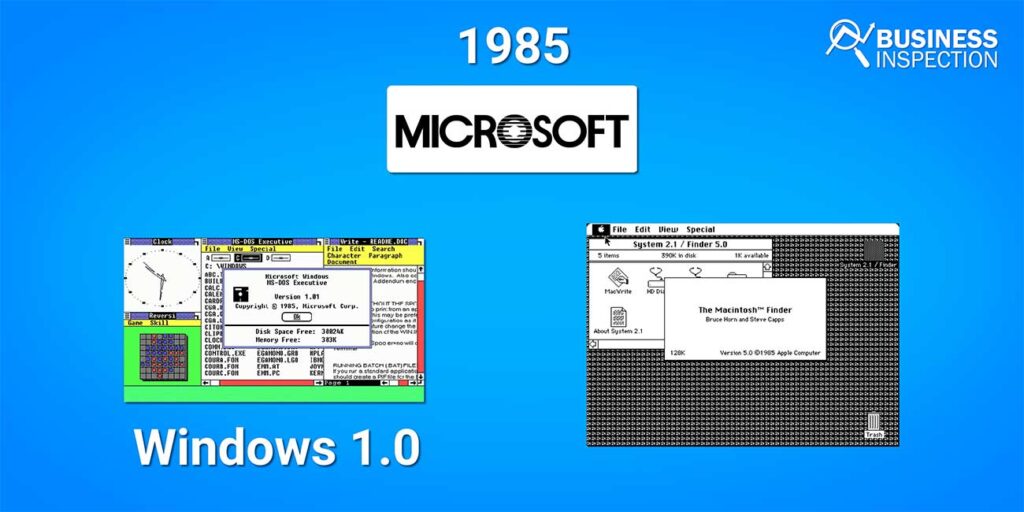
Although the first three Windows versions (1.0, 2.0 & 3.0) were incomplete with bugs and issues, Windows 95 was the game changer! With hardware developing at a tremendous rate, Microsoft was able to develop the most powerful OS at that time and introduced the now-famous “Start” button, along with Internet Explorer, which ultimately played a crucial role in the “dot.com” boom.
Microsoft was growing at a staggering rate and had become one of the most influential tech companies of all time. They had just launched the Windows operating system and the Microsoft Office Suite and soon went public. Their IPO launch at the stock market created three billionaires and approximately twelve thousand millionaires.
Under the leadership of Steve Ballmer after Bill Gates from 2000 till 2014, the company has grown significantly as it expanded its product offerings with Bing, Xbox, Microsoft Azure (which is their current leading focus), Microsoft Surface, and one of their most underperforming ventures, Microsoft Mobile.
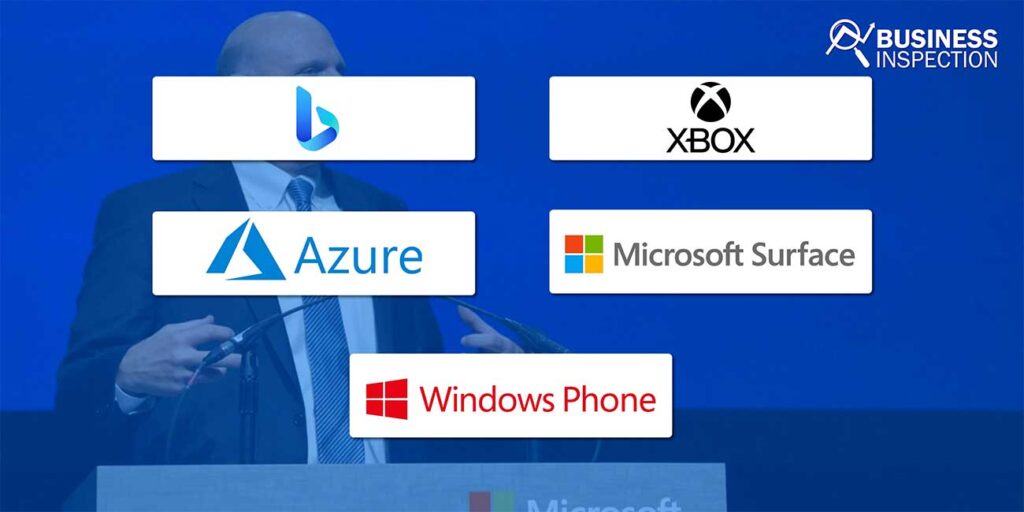
Although Microsoft’s growth was great, its reputation was not quite so, which has improved remarkably under the new leadership of Satya Nadella along with its profit margin. Satya Nadella was able to align the company’s philosophical outlook and is now driving toward the race of cloud computing supremacy with Microsoft Azure and their Windows Server product line. Meanwhile, Microsoft has been perfecting its Windows OS over the ages and is about to launch its 15th OS edition, Windows 11 (which is currently in the beta stage).
How Big is Microsoft Today?
According to the financial report shared on Microsoft’s website, their revenue for the year 2020 was 143 billion dollars. If that amount is shared between every human living at the moment, each individual would receive roughly 18 dollars and if it was a country, it would be the 56th richest!
Microsoft is holding the leading position in the personal computer or desktop operating system segment with a market share of about 73% with the next competitor being far down at about 15%, which is held by Apple’s Mac OS X.
Windows 10 is currently being used by over 1 billion active users, which is about 1 in every 7 people on the planet! There is also an unidentified number of pirated and older version users who are not accounted for.
Windows brought in 16% of Microsoft’s total revenue in 2020 which was $22 billion. Adding on top of that, Microsoft Surface has a market share of 3.43% in the personal computing devices market and is used by 3,754 companies according to Enlyft.
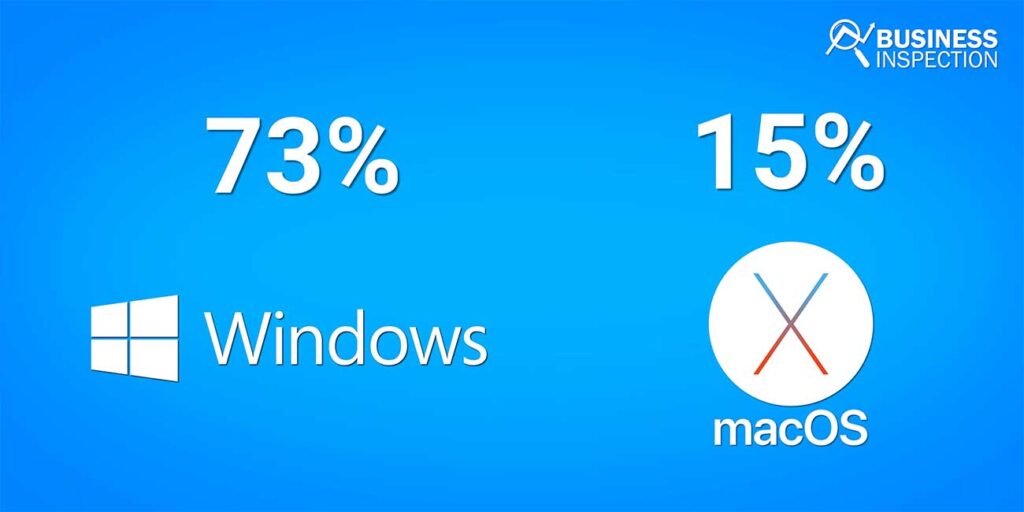
There is hardly any business institution that does not use any Microsoft product, especially Office 365. It is used by over a million companies worldwide, with over 731,000 companies in the United States alone! There are approximately 240 million active users of Office 365.
Office 365 is a package of software that is competing in different sectors themselves. For example, Word, PowerPoint, and Excel are facing competition from Google’s G Suite. One Drive is a direct competitor to Google Drive, Dropbox, and iCloud. Teams is a communications application for business employees for a much less clustered messaging experience than emails.
Teams also have advanced video calling features such as allowing conference calls with up to 1000 users, competing with similar service providers like Zoom and Google Meet as well as Slack, a messaging application designed for businesses. According to Statista, Teams have over 145 million users as of April 2021 with a market share of 15% with steady growth.
Bing, their search engine platform, is a prominent contender in the search engine market. Although it seems like they are being overshadowed by Google (which they are), they are performing quite well.
With a mere 6.15% market share, Bing is able to make Google peak over its shoulders. Bing is also essential to help Cortana (Microsoft’s personal productivity assistant) learn and evolve.
Microsoft entered the cloud computing & services market very early with their Microsoft Windows Server products and is now challenging Amazon Web Services’ lead by capturing a substantial segment of the market share with their Microsoft Azure platform.
Microsoft has not started to disclose Azure’s revenue figures but the growth in their Intelligent Cloud segment indicates their market coverage is catching up to AWS. Microsoft Azure is
The Video Game industry is forecasted by Newzoo to be worth over $200 billion in 2023. According to Statcounter, Microsoft’s Xbox holds about 40% of the gaming console market share as of June 2021, the Xbox Game Studios, Microsoft’s gaming division had a revenue of $3.6 billion dollars in the 3rd quarter of FY2020 and is competing against Sony’s Playstation consoles head-on. They have sold over 85 million Xbox 360 gaming consoles, which if stacked on top of one another, will reach the height of 7,964 Burj Khalifas!
Their game library has grown exponentially as they have been acquiring gaming studios and enhancing their portfolio. Microsoft has acquired the makers of Minecraft, Mojang Studios for $2.5 billion. They have also acquired ZeniMax Media for $7.5 billion which now sits with the legendary collection of Microsoft games like Forza, Halo, Fable, and approximately over 300 more! The total number of playtime hours may very well reach the hundreds of thousands if one wanted to play and complete every game in Microsoft’s library.
Acquisitions & Investments
Microsoft has acquired LinkedIn Corp. for $26.2 billion which has virtually no competition and is dominating the professional networking market with 756 million users. It has career development opportunities with market insights, shared experiences, job searches, and much more.
Premium membership also unlocks tools for further lead generation and optimized networking. LinkedIn Learning, also a part of the LinkedIn platform, offers video courses taught by industry experts in software, creative, and business skills.
All the courses on LinkedIn fall into 3 categories: Business, Creative, and Technology. This certification is highlighted on the users’ profile which is turning into the new age resume.
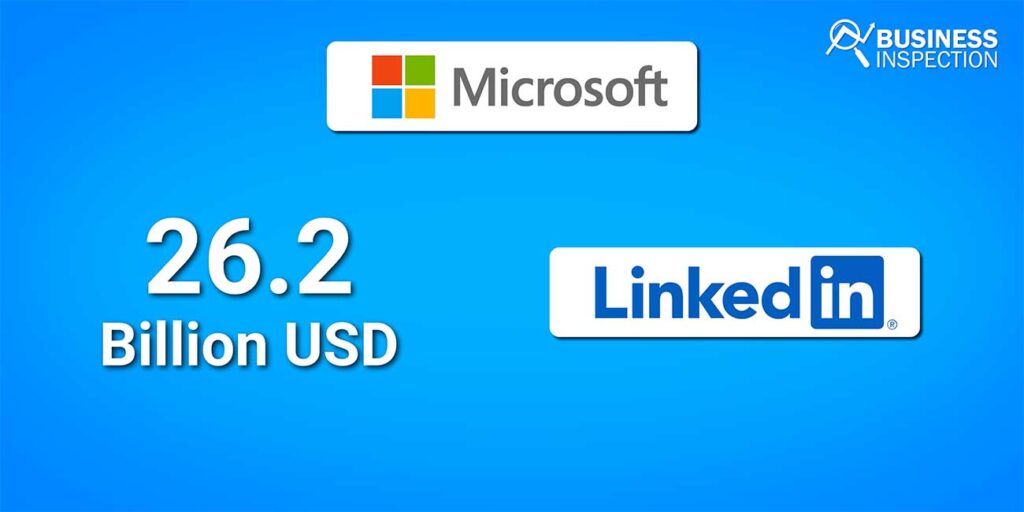
Skype Technologies S.A.R.L. was the first name associated with online communication, especially in the video calling segment, and was also one of their “high profile” acquisitions with Microsoft spending $8.5 billion. Skype normalized video conferencing and made it available for mass use.
Every sector in these modern times is optimized and supported by developer-made software, applications, and algorithms. GitHub is a platform where developers from all around the world can collaborate and solve problems from countless business sectors of every industry. GitHub was acquired by Microsoft with $7.5 billion in stocks.

Microsoft has acquired over 200 companies which are mostly in the software industry and further catered towards the health industry, telecommunication, API management, Virtual Reality, Artificial Intelligence, 5G networking, video games, and more! These acquired subsidiaries also have hundreds of subsidiaries within themselves providing a third layer of a revenue generator.
They also have substantial investments in companies like Facebook, where Microsoft bought in 1.6% with $240 million. After dilution, the share now at 1.3%, is worth just over a billion dollars.
Microsoft has a substantial sum of investment in Uber as well. According to Forbes, it is speculated that the investment will total about $1 billion. The New York Times shared a theory that states this acquisition is a step towards solidifying a growing partnership between Microsoft and Uber. Microsoft also has considerable investments in successful companies like AT&T, Best Buy, Audible, Grab, and many more.
Microsoft is also entering the automotive industry as per their partnership announcement found on the Ericsson website (the Ericsson we all heard of during their partnership with Sony and the many great phones they produced). “Ericsson and Microsoft are bringing connected vehicle expertise to offer a powerful new integrated connected vehicle solution. The solution joins the strength of our Connected Vehicle Cloud platform with the Microsoft Connected Vehicle Platform on its cloud computing service Azure…”
Conclusion
There is hardly any other conglomerate that started by revolutionizing the world of personal computing and now spreading its reach to every industry because there is no industry in these modern times which is not optimized by the power of technology. Microsoft is now promoting its stance on open-source programming to encourage developers. They are focusing greatly on business-to-business development. Microsoft is moving forward on interconnecting all its offerings and optimizing its business model every step of the way.

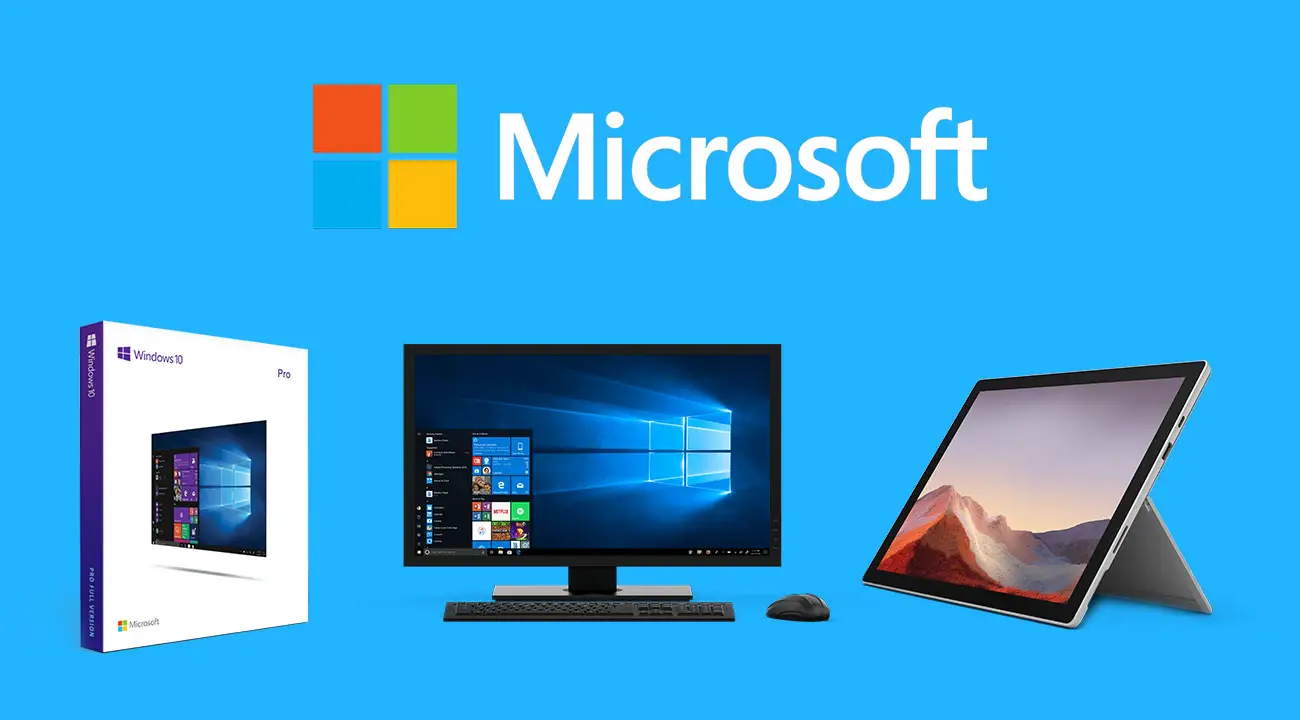








Leave a Comment